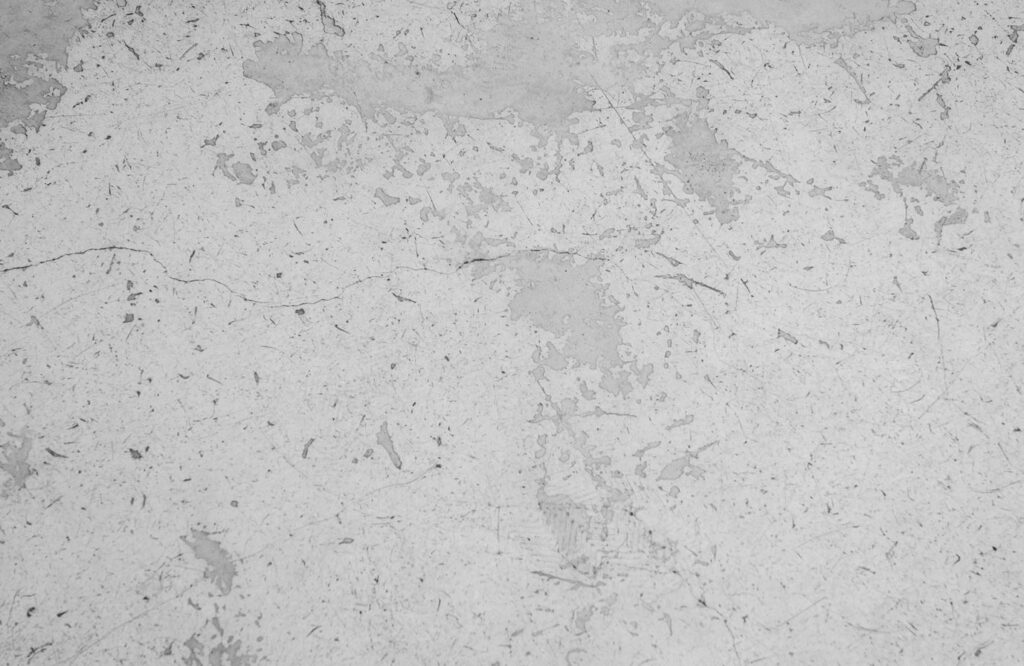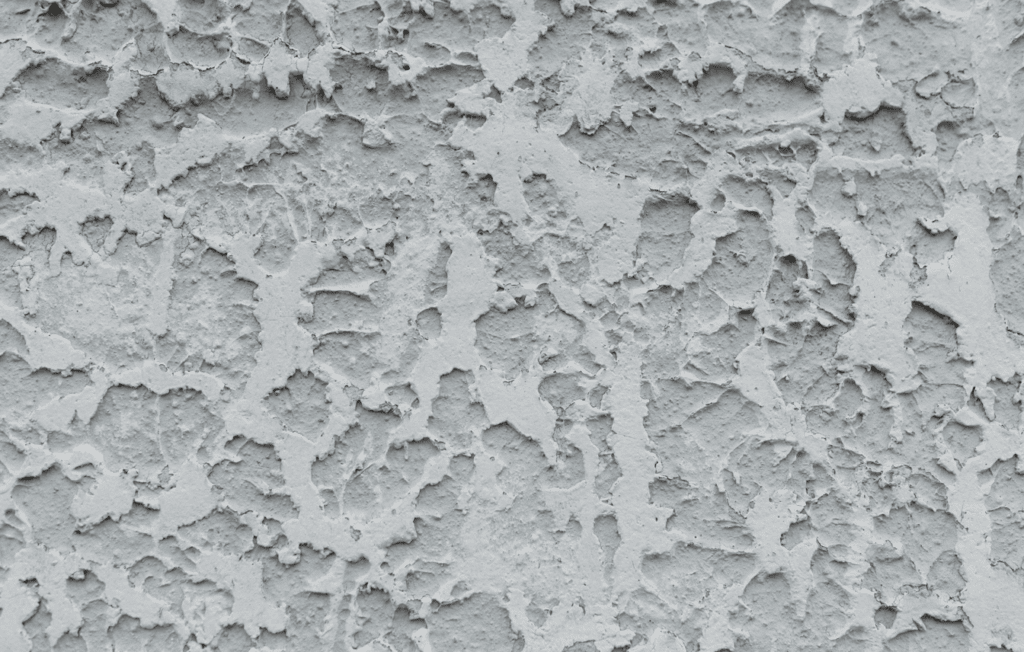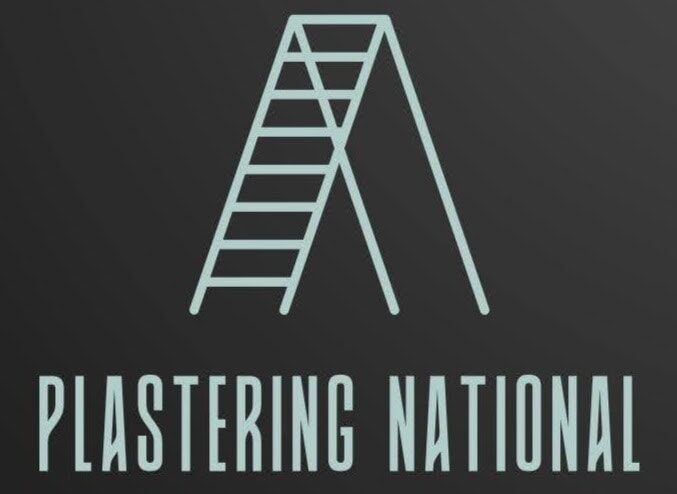Plastering plays a vital role in both construction and renovation projects. It not only provides functional benefits but also contributes to the overall aesthetic of buildings.
This essential process involves applying a smooth layer of plaster over surfaces such as walls and ceilings, transforming rough or uneven areas into a uniform, visually pleasing finish.
In this article, we will explore the various benefits of plastering, its functional purposes, the different types of plaster, and the steps involved in the plastering process. By the end, you will understand why plastering is an integral part of building projects.
Let’s get straight to the point
Plastering is a key process in construction and renovation, involving the application of a smooth layer of plaster over walls and ceilings. It enhances the appearance of surfaces, provides protection from moisture and damage, improves thermal and acoustic insulation, and increases fire resistance.
There are different types of plaster, including gypsum, lime, and cement, each suited to specific applications. The plastering process involves surface preparation, mixing, applying base and finish coats, and allowing the plaster to cure.
Plastering also offers aesthetic benefits, such as creating decorative mouldings, textured finishes, and colouring options. Plastering is essential for functional and decorative purposes in building projects.
Key Benefits of Plastering
Plastering serves numerous practical and aesthetic purposes. Let’s break down some of the key benefits.
1. Aesthetic Enhancement
One of the primary reasons for plastering is its ability to improve the appearance of walls and ceilings. A well-applied layer of plaster gives surfaces a smooth, polished finish, which is ideal for painting or applying other decorative finishes. It enhances the visual appeal of both interior and exterior spaces, adding sophistication and refinement.
2. Surface Protection
In addition to improving aesthetics, plaster provides an essential protective layer. It shields walls and ceilings from environmental factors such as moisture, dirt, and wear. Plaster acts as a barrier, preventing long-term damage from water ingress, which could lead to issues like mould or mildew.
3. Improved Durability
Plastering significantly enhances the durability of a building’s structure. It strengthens walls and ceilings, protecting the underlying materials from deterioration over time. The durability of plaster means fewer repairs and replacements are required, ultimately saving time and money.
4. Thermal and Acoustic Insulation
Another key benefit of plastering is its ability to improve thermal and acoustic insulation. Plastered walls and ceilings can help regulate temperature by reducing heat loss. Additionally, plaster provides soundproofing, preventing noise from travelling between rooms. This results in a more comfortable, quiet, and energy-efficient living or working environment.
5. Fire Resistance
Fire safety is a major concern in construction, and plaster offers significant fire-resistant properties, especially gypsum plaster. Gypsum releases water vapour when exposed to high temperatures, which helps to slow the spread of fire. By plastering walls and ceilings, you enhance the fire safety of a building, giving occupants more time to react in the event of a fire.
Functional Purposes of Plastering
Plastering is not only an aesthetic choice but also serves several important functional purposes.
1. Levelling and Smoothing Surfaces
The primary function of plastering is to level and smooth surfaces. Plaster can be used to fill in gaps, cracks, and uneven areas, providing a uniform surface ready for decoration. Without plastering, walls and ceilings may be unsightly or difficult to work with, making plastering an essential step in the finishing process.
2. Moisture and Damage Protection
Plaster acts as a protective layer, preventing moisture from penetrating walls and causing damage. In environments where moisture is a concern, such as bathrooms or kitchens, plaster helps prevent the growth of mould and mildew. This protection is crucial for maintaining the structural integrity of the building.
3. Enhanced Fire Resistance
As mentioned earlier, plaster, particularly gypsum-based plaster, is known for its fire-resistant properties. It is a key material in improving fire safety, as it helps slow the spread of flames and can reduce the risk of severe damage in case of fire.
4. Soundproofing and Thermal Insulation
Plastering improves the thermal and acoustic performance of a building. Adding a plaster layer to walls and ceilings reduces heat loss and helps maintain a consistent indoor temperature. Additionally, plastered walls are better at soundproofing, reducing noise transmission between rooms and making the space more comfortable.
Types of Plaster
Different types of plaster are used for specific applications, depending on the environment and the desired finish. Understanding these different types can help you choose the best option for your project.
1. Gypsum Plaster
Gypsum plaster is one of the most commonly used types, primarily for interior walls and ceilings. It is easy to apply, provides a smooth finish, and is highly fire-resistant. Gypsum plaster is ideal for creating a polished look in living spaces, making it one of the most popular choices for residential and commercial properties.
2. Lime Plaster
Lime plaster is a traditional material often used in the restoration of historic buildings. It is breathable, allowing moisture to escape from the walls, which helps prevent dampness. Lime plaster is also resistant to mould, making it a good choice for environments that require both protection and flexibility.
3. Cement Plaster
Cement plaster is typically used for exterior walls, as it is highly durable and resistant to the elements. It can withstand harsh weather conditions, making it ideal for outdoor applications. Cement plaster is also water-resistant, which is particularly useful in areas with high humidity levels.
The Plastering Process
The plastering process involves several stages to achieve the desired finish. Proper technique and preparation are key to achieving a smooth, durable surface.
1. Surface Preparation
Before plastering, it is essential to prepare the surface properly. This involves cleaning the walls and repairing any cracks or holes. A well-prepared surface ensures that the plaster adheres properly and provides a smooth, even finish.
2. Mixing Plaster
Once the surface is ready, the plaster is mixed with water to form a smooth paste. The consistency of the plaster is crucial; it should be thick enough to stay in place but workable enough to apply easily.
3. Base Coat Application
The first layer of plaster applied is the base coat. This is often a rougher coat that provides a foundation for the finish coat. The base coat is typically applied in multiple layers, depending on the thickness required.
4. Finish Coat
The finish coat is a thinner layer of plaster applied over the base coat. This layer creates a smooth, polished surface ready for decoration. The finish coat is crucial for achieving a high-quality, aesthetically pleasing result.
5. Curing and Drying
Once the plaster is applied, it must be allowed to dry and cure properly. The curing time can vary depending on the thickness of the plaster and environmental conditions. It is important to allow sufficient time for the plaster to fully dry to prevent cracking.
6. Final Touches
After the plaster has dried, any imperfections are sanded down, and the surface is primed for painting or other finishes. The final touches ensure a flawless, ready-to-decorate surface.
Tools Used in Plastering
To achieve the best results, several tools are required during the plastering process. These tools help apply, smooth, and finish the plaster correctly.
- Trowel: A flat tool used to apply and smooth the plaster.
- Hawk: A surface used to hold plaster during application.
- Float: A tool used to smooth the plaster after it has been applied.
- Darby: A long tool used for smoothing larger areas of plaster.
- Plastering Brush: A brush used to dampen surfaces or clean tools.
- Scratcher: A tool used to roughen the base coat for better adhesion.
- Mixing Paddle: A tool used to mix plaster with water to ensure a smooth consistency.
Aesthetic Benefits of Plastering
Plastering not only serves a functional role but also offers significant aesthetic advantages. These benefits include the ability to create intricate mouldings, textures, and colours.
1. Decorative Mouldings
Plaster can be moulded into detailed shapes, such as cornices, ceiling roses, and ornamental columns. These decorative elements can add character and elegance to any space, whether interior or exterior.
2. Textured Surfaces
Plaster can also be textured to create various finishes. Techniques such as stippling, sponging, or combing can produce different surface patterns that add visual interest to walls and ceilings.
3. Colouring Options
Plaster can be pre-coloured, eliminating the need for extensive painting. Coloured plaster can be used in both modern and historic buildings to replicate original finishes or create a unique look.
Conclusion
Plastering is a versatile and essential technique in construction and renovation. It enhances both the functionality and appearance of buildings by providing smooth, durable surfaces while also offering protection against moisture, fire, and environmental damage. Whether used for aesthetic finishes, insulation, or surface protection, plastering remains a key element in creating safe, comfortable, and visually appealing spaces.
By understanding the different types of plaster and the plastering process, you can make informed decisions to ensure the success of your building project.
FAQs About Plastering
How Does Plastering Contribute To Energy Efficiency In Buildings?
Plastering helps improve thermal insulation by reducing heat transfer through walls and ceilings, reducing energy consumption for heating and cooling and improving overall energy efficiency.
What Are The Benefits Of Plastering For Historic Preservation And Restoration Projects?
Plastering helps preserve the historical authenticity and integrity of architectural features and finishes in historic buildings, ensuring that they remain intact and protected for future generations to appreciate.
Can Plastering Be Used To Repair And Reinforce Damaged Walls And Ceilings?
Yes, plastering can be used to repair cracks, holes, and other surface imperfections in walls and ceilings, providing a seamless and durable repair solution that restores the structural integrity of the building.
How Does Plastering Contribute To Building Structures’ Overall Durability And Longevity?
Plastering helps protect building structures from wear and tear, moisture damage, and environmental factors, extending their lifespan and reducing the need for frequent maintenance and repairs.
What Considerations Should Be Considered When Selecting Plastering Materials And Techniques For A Project?
Factors to consider include the building’s location, environmental conditions, intended use, aesthetic preferences, budget constraints, and compliance with building codes and regulations.



